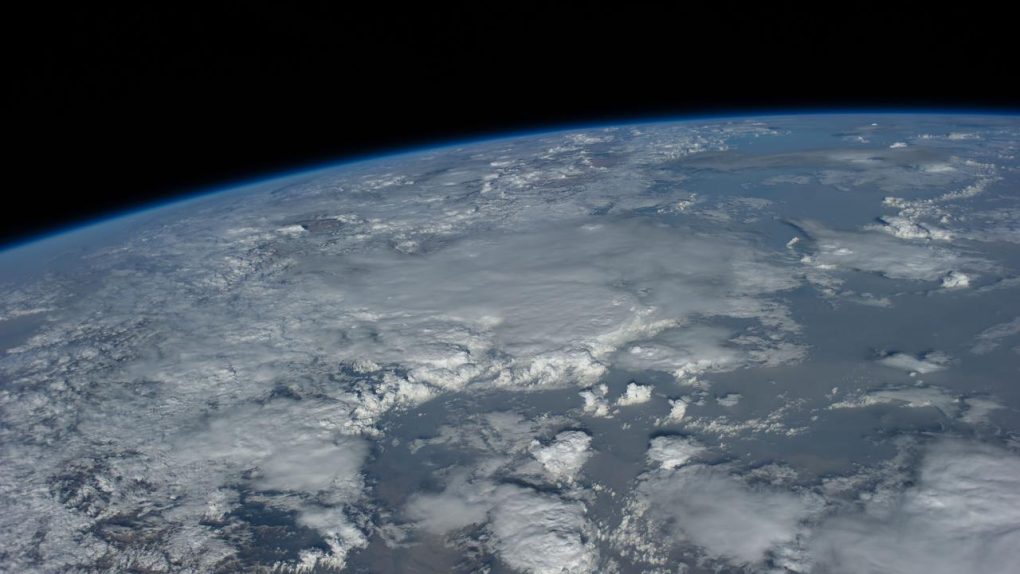There’s no denying that mankind has dramatically altered Earth’s climate. What was once just a theory has now been cemented with evidence from all over the world, such as ice core samples, historic CO2 trends, retreating glaciers, and a rising sea level. Scientists have offered solutions, but the adoption of those ideas has been slow. Reduction in fossil fuel use is a big one, but other gases, like CFCs, have already been largely phased out in many nations. Now, the Environmental Protection Agency is targeting hydrofluorocarbons as the next greenhouse gas that needs to go, and that could mean big changes for the air conditioning and refrigeration industries.
Hydrofluorocarbons (or HFCs for short) are gases that, when released into the atmosphere, act as an insulator and produce a greenhouse effect. This means that energy from the Sun passes through them in the form of light, but they prevent heat from escaping, resulting in a warmer planet. The move to reduce the amount of HFCs is part of the new American Innovation and Manufacturing Act, which became law in December 2020 and was part of a pandemic relief package, AP reports.
With support from President Joe Biden, the Environmental Protection Agency will push for an 85% reduction of HFC production and use over the next 15 years. Biden’s support for the plan is one part of the President’s stance on climate change.
“With this proposal, EPA is taking another significant step under President Biden’s ambitious agenda to address the climate crisis,” EPA Administrator Michael Regan said of the initiative. “By phasing down HFCs, which can be hundreds to thousands of times more powerful than carbon dioxide at warming the planet, EPA is taking a major action to help keep global temperature rise in check.″
It’s obviously good news for the environment, but I’d personally stop short of saying it’s going to keep climate change “in check.” The fact of the matter is that even with the changes we’ve made and are still making, global temperatures are still rising at a troubling rate. If they continue on this course we’re going to trip over the long-feared “tipping point” where the planet gets too hot for us to do anything about it. Drought, famine, widespread food shortages, and a collapse of environmental norms will likely follow. In short, it would threaten to end the lives of everything on this planet.
The simple truth is that we need to be doing more than we’re currently doing. Adoption of emission-free forms of transportation, solar and wind energy, and other environmentally-friendly new technologies might ultimately save us, but only if we’re willing to embrace them. Our decisions will either secure a bright future for our planet or threaten the existence of not just our own species, but virtually every living thing on the planet.








